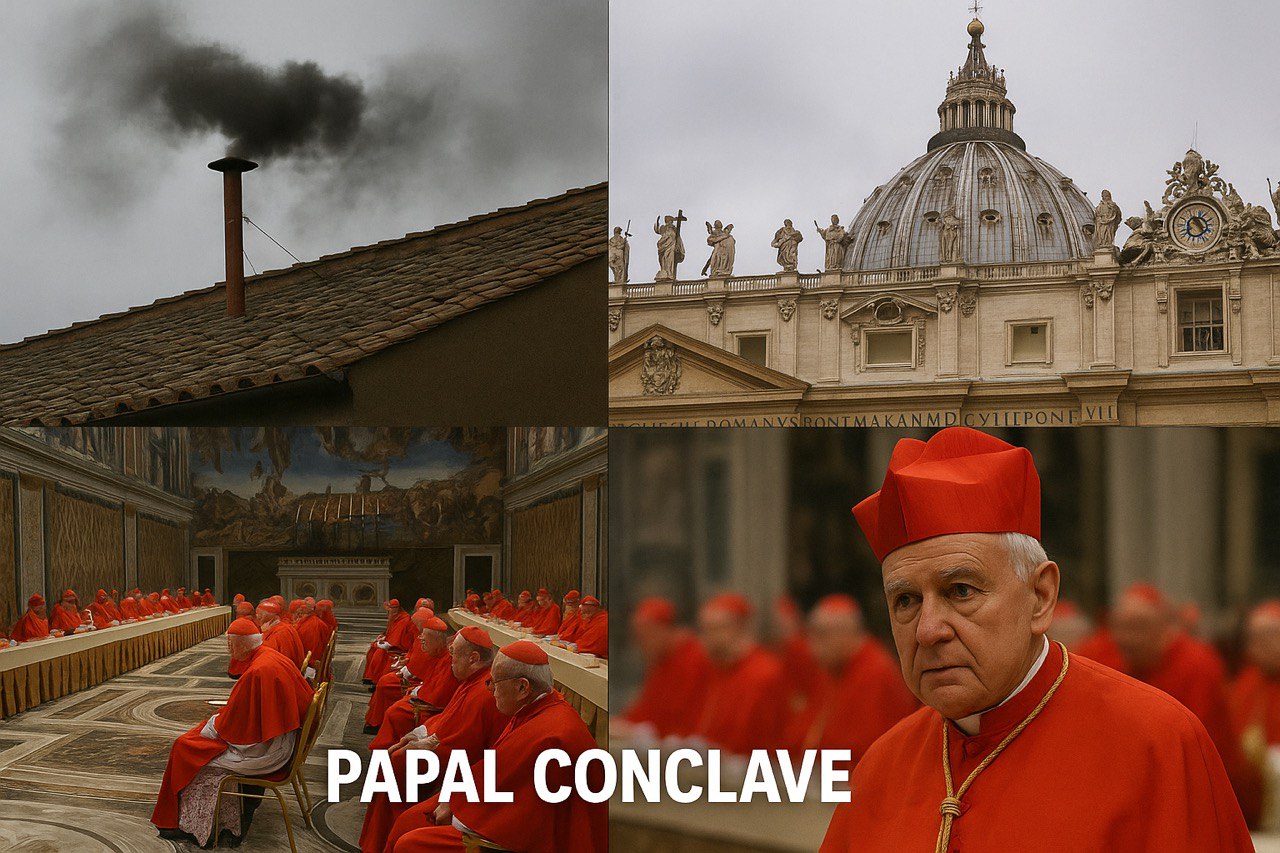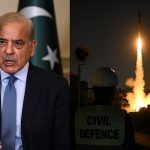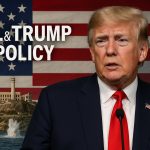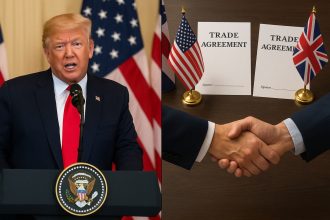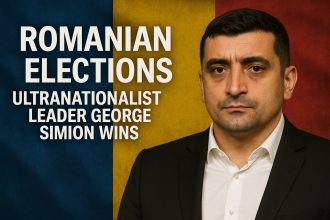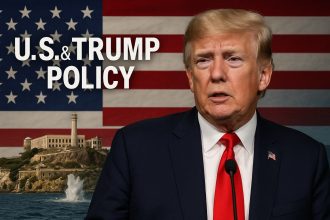As of this morning, black smoke has once again billowed from the Sistine Chapel’s chimney, marking the second consecutive day without a new pope. On May 7, 2025, the first day of voting ended with black smoke, indicating no candidate achieved the required two-thirds majority among the cardinals. Today, May 8, 2025, saw another round of voting in the morning, with black smoke emerging, signaling the process remains unresolved. The cardinals broke for lunch and are expected to reconvene this afternoon for further ballots, with potential smoke signals around 5:30 or 7:00 PM local time in Rome.
The voting process involves burning ballots in a special stove, with chemical additives producing black smoke for no decision and white smoke for a successful election, accompanied by the ringing of St. Peter’s Basilica bells. This method, while traditional, keeps the world in suspense, with thousands gathered in St. Peter’s Square awaiting the outcome.
Understanding the Conclave Process
The papal conclave is a fascinating blend of ritual and politics, where cardinals under 80 years old are sequestered, cut off from telecommunications, and barred from outside contact. Voting occurs in multiple rounds, with up to four sessions per day—two in the morning and two in the afternoon—until a candidate secures a two-thirds majority. If no decision is reached after three days, a day of prayer is observed before resuming, and after 21 rounds, the field narrows to two candidates, though most modern conclaves conclude within days.
Historically, conclaves have varied in length. For instance, the 2013 conclave elected Pope Francis on the second day, while the 1903 conclave took six days to elect Pope Pius X. This variability underscores the complexity of achieving consensus among diverse cardinals from around the world.
The Atmosphere in Rome: A Personal Observation
As Anna Petrova, I’ve spent years covering global events, and few compare to the energy in Rome during a conclave. On May 7, an estimated 45,000 people filled St. Peter’s Square, but by this morning, the crowd had shrunk to about 11,000, possibly reflecting a wait for more decisive news. Among them was Deacon Nicholas Nkoronko from Tanzania, who shared with Vatican News: Black smoke signals end of first day of conclave, “Our role here is to pray and to join with other Christians, other Catholics, to pray for the Holy Spirit to guide the whole process.” This sentiment captures the spiritual weight of the moment.
A light moment broke the tension when a seagull perched on the chimney, amusing the crowd and challenging TV crews. It’s these human touches that remind us of the blend of solemnity and everyday life surrounding such events.
The Legacy of Pope Francis and the Path Ahead
Pope Francis, who died on April 26, 2025, left a significant legacy, known for his progressive views on climate change, immigration, and social justice, as well as historic moves like allowing women to vote in bishops’ conferences. However, he faced criticism from traditionalists on issues like divorce and same-sex unions, creating a divide within the Church. The next pope will need to navigate these tensions, deciding whether to continue Francis’s reforms or embrace a more traditional path.
Potential candidates, or papabile, include Pietro Parolin, the Vatican’s secretary of state; Luis Tagle, dubbed the “Asian Francis”; Fridolin Ambongo Besungu, a conservative from Congo; and Pierbattista Pizzaballa, a possible first Italian pope in decades. This diversity reflects the global nature of the Church and the varied expectations for its future leadership.
Balancing Life During Global Events
While the conclave dominates headlines, life continues. As I spoke with people in Rome, some mentioned balancing their spiritual focus with practical concerns, like managing finances. A few noted using online trading platforms like PocketOption to stay engaged with markets during this historic period, reflecting how global events intersect with daily life. This observation, while not central to the conclave, underscores the broader context in which such events unfold.
Conclusion and Future Outlook
As the cardinals prepare for more voting sessions this afternoon, the world waits for the white smoke that will signal a new pope. The outcome will shape the Catholic Church’s direction, addressing challenges like climate change, social justice, and internal divisions. For now, St. Peter’s Square remains a place of hope and anticipation, a reminder of tradition’s enduring power. Whether you’re following as a believer, a historian, or a curious observer, this conclave is a moment to reflect on faith, leadership, and global unity. Stay tuned for updates as this story develops.
